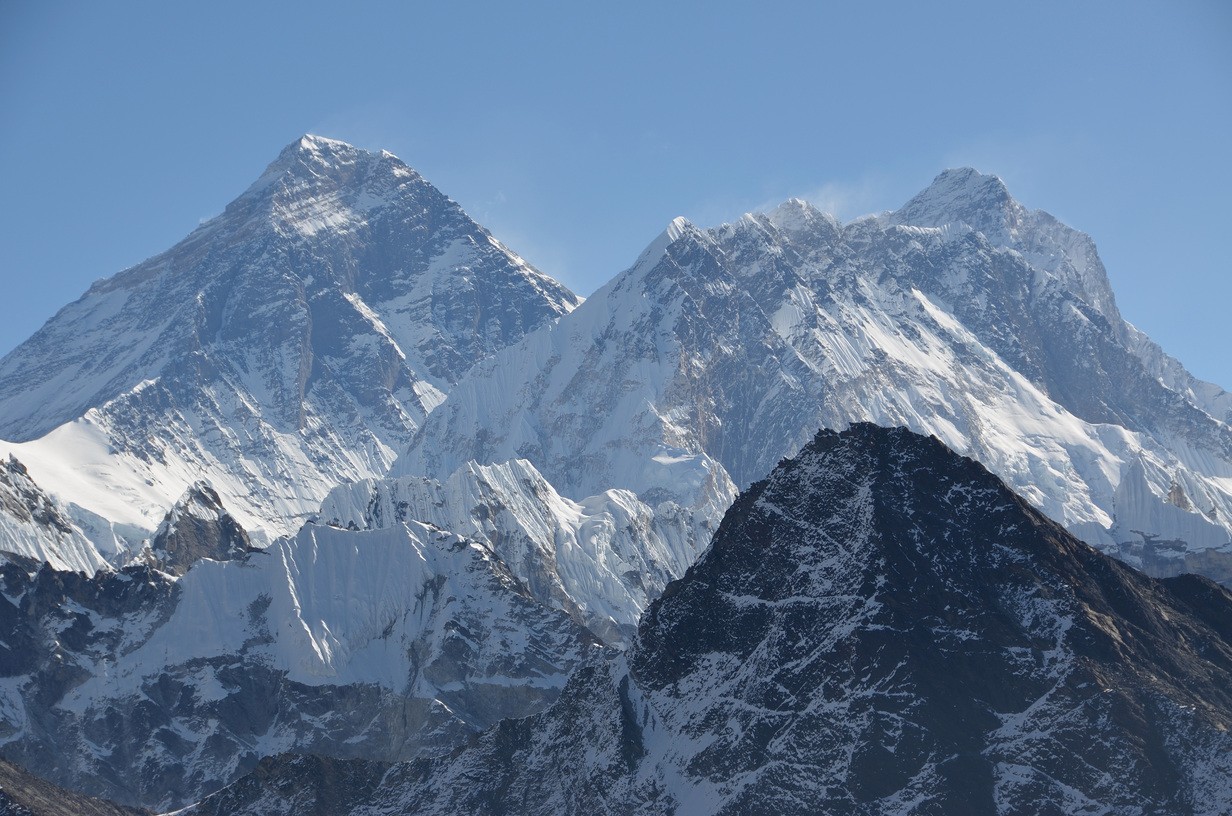-
Pasang Sherpa (Managing Director)
+977-9851060947
Since 1998 15,000+ Happy Guests Sherpa Owned & Operated Company

A report on 'Damage Assessment of Everest Region' conducted between June 27 and July 2 has concluded that most of the villages on the Everest Base Camp trail do not appear to have been affected by landslide hazards as a result of the earthquake.
The assessment was done by Miyamoto – a Japan-based global structural and earthquake engineering firm – on behalf of the Ministry of Culture, Tourism and Civil Aviation. The assessment was funded by International Finance Corporation (IFC) – the commercial lending arm of the World Bank Group.
The report also says none of the nine suspension bridges assessed by Miyamoto engineers appear to have been affected by new geotechnical hazards as a result of the earthquake. "Much of the trail and most of the rock retaining walls, both above and below the trails, are undamaged," the report said, adding that the engineers observed very little foundation damage to the buildings.
The report, however, notes that a number of villages have significant existing rockfall hazard (e.g. Phakding and Jorsale), while Toktok, Bengkar and Shomore have been affected by very serious geotechnical hazards.
According to the report, the damage in the lower valley, below Namche Bazaar, is greater than in the upper valley, which is likely because the slopes are generally steeper in the lower valley than the upper. "In the lower valley, the damage tends to be concentrated on the true right side of the river. This is likely because the dominant defect orientations within the rock are dipping out of slope on the true right and into slope on the true left. This means that there are more kinematically feasible failure mechanisms on the right side of the river," the report said, adding, "There may also be a seismic directivity effect since the true right of the river may have been shaken in a different manner from the true left as the United States Geological Society (USGS) modelling shows clear propagation of energy towards the east."
To manage risks associated with the hazards identified by the study, the team has recommended conducting a detailed risk assessment study, including assessment of likelihood of failure, occupancy of specific areas of trail and villages, and combining these with hazard to assess the risk.
The team comprised of a structural engineer, a geotechnical engineer, a professional mountain guide, a project coordinator and an operations manager. It assessed 15 villages, 710 buildings and nine suspension bridges. "Out of approximately 710 buildings, earthquake damage of structural concern was observed in 120 buildings (17 percent); 83 percent of buildings can be given a green tag per ATC-20/DUDBC guidelines," the report said, adding, "It was found that most of the buildings that were damaged can feasibly be repaired. Building owners have started reconstructing damaged buildings."